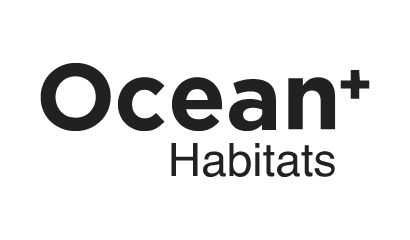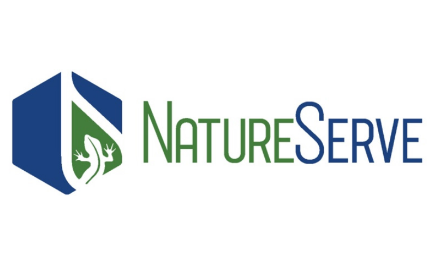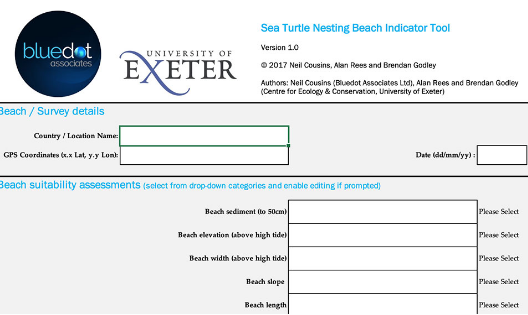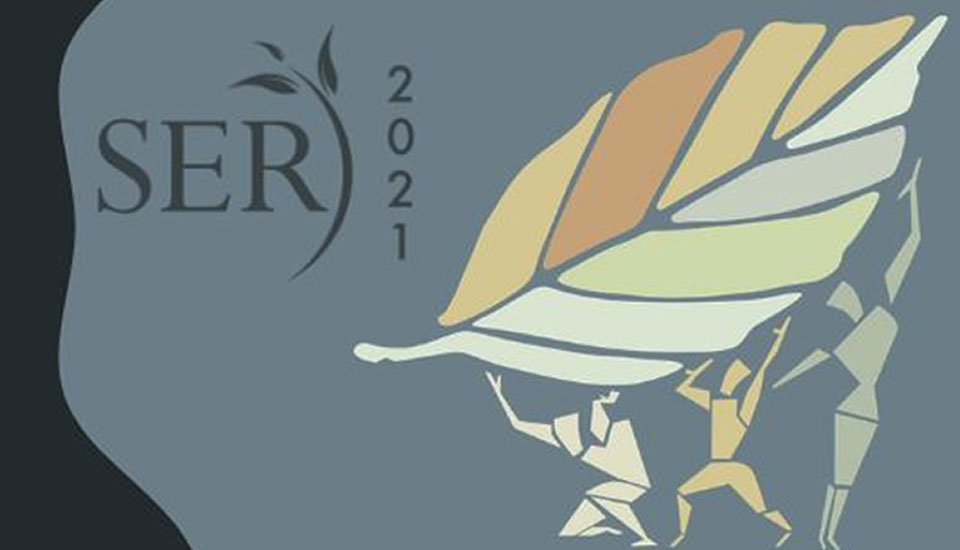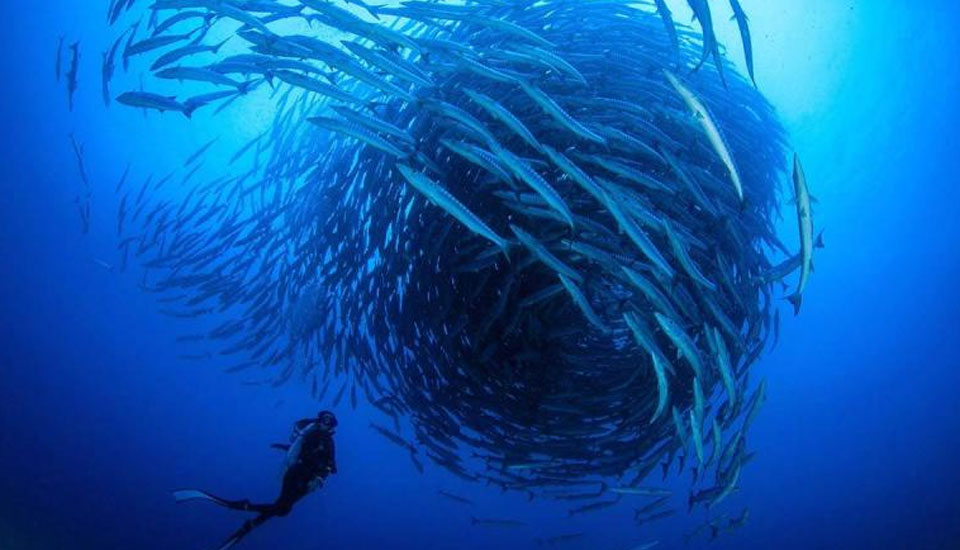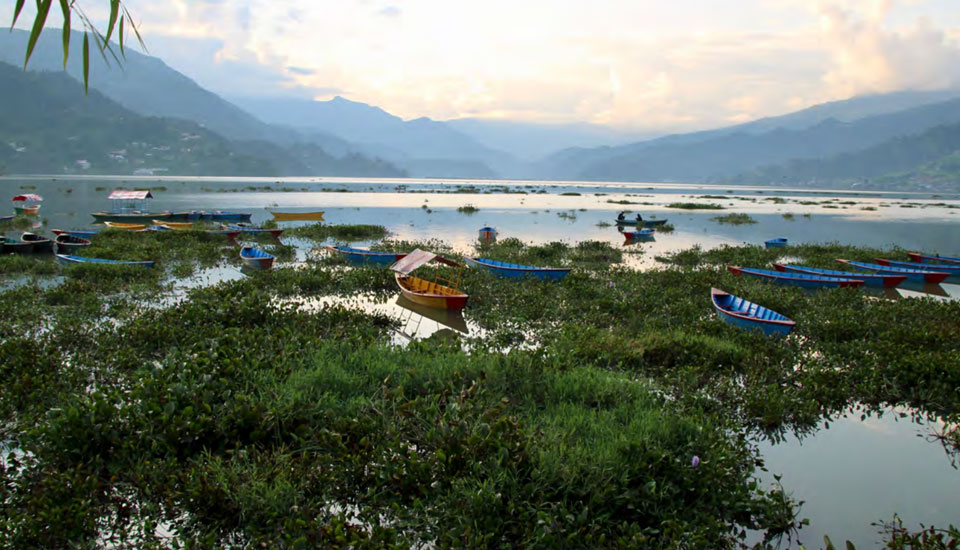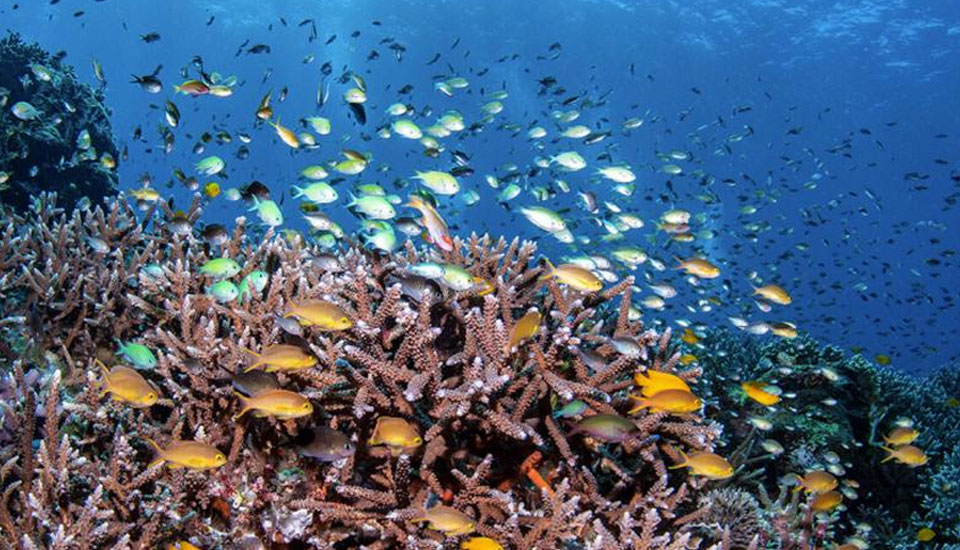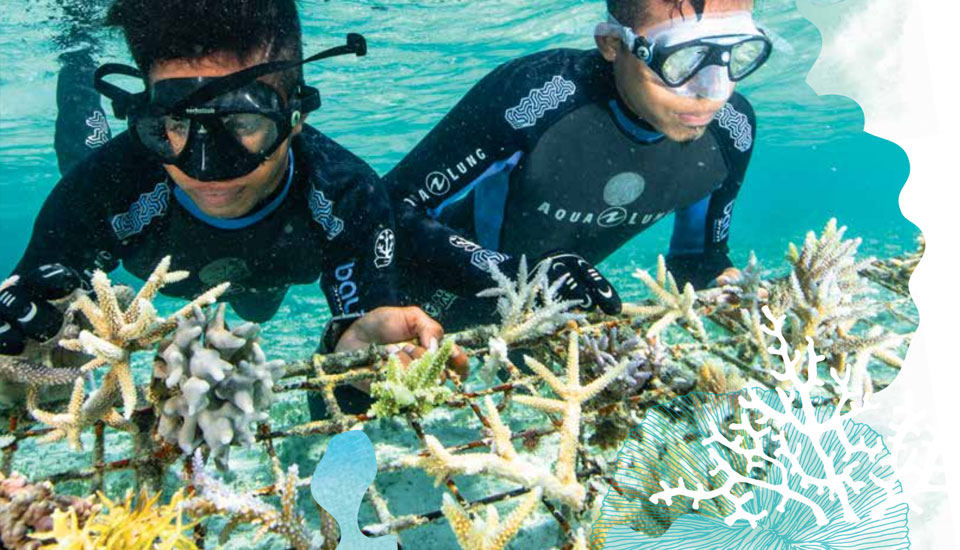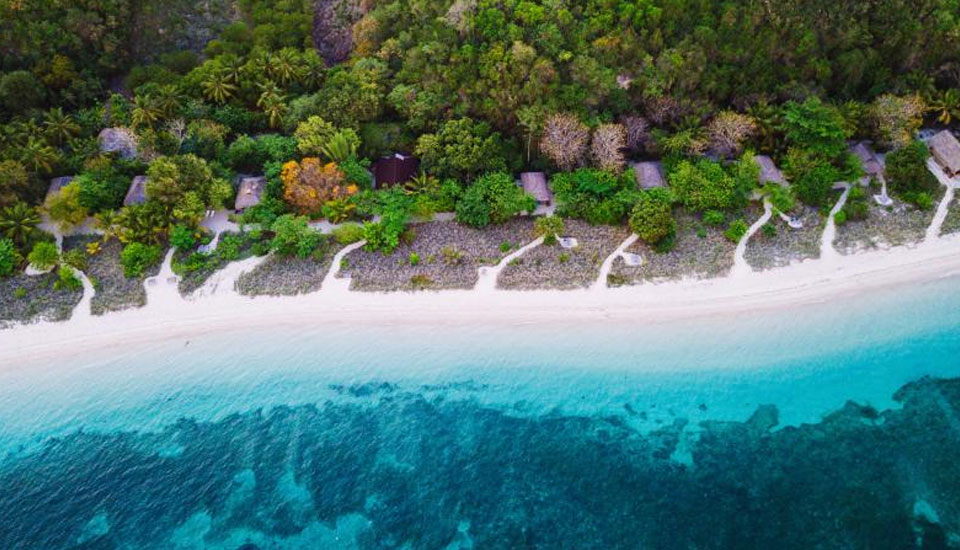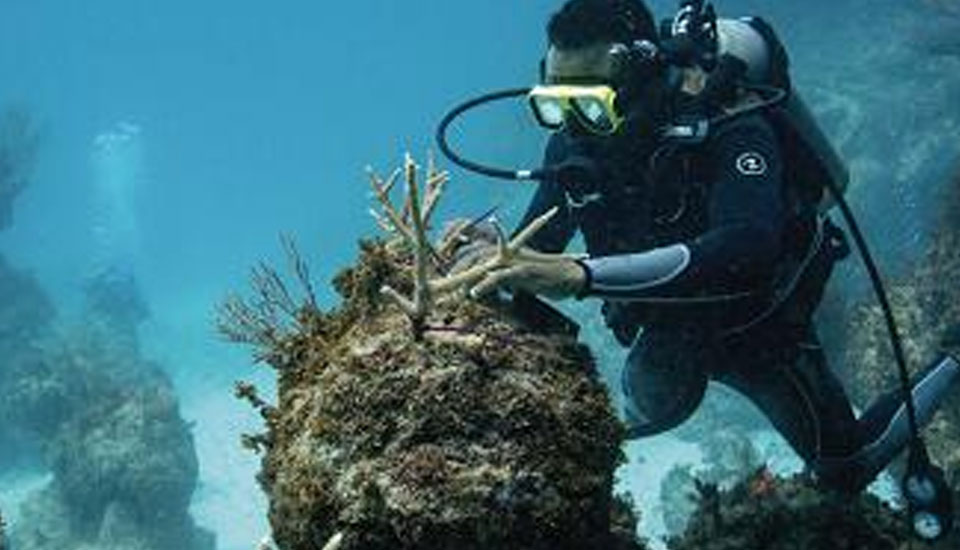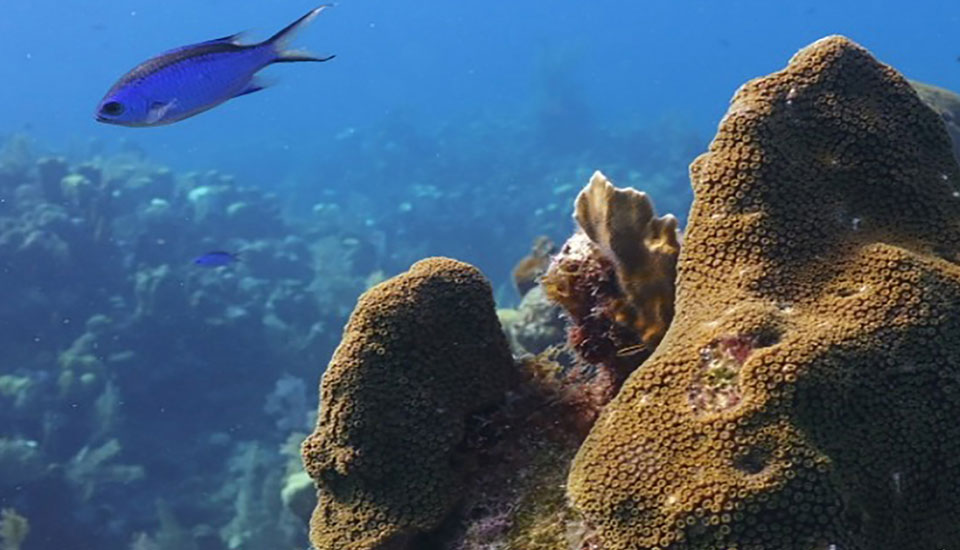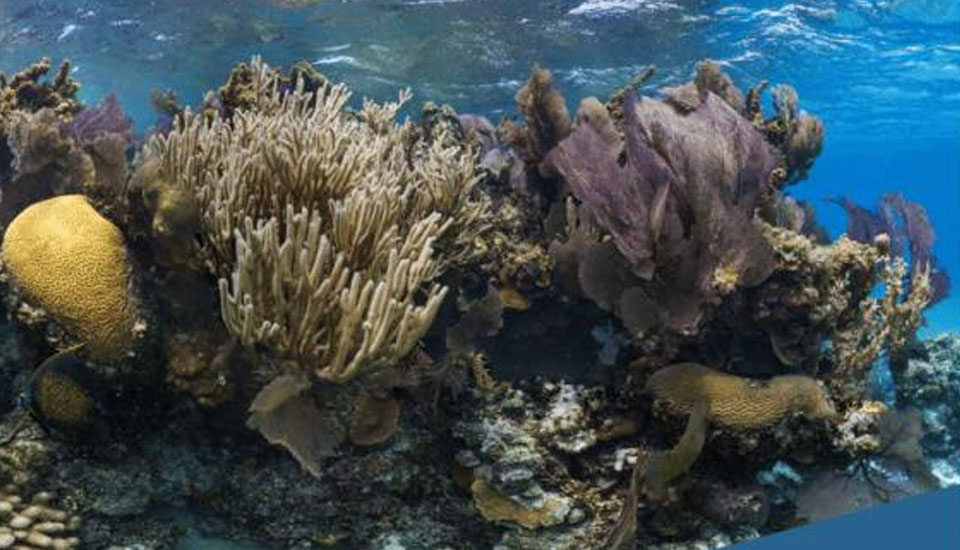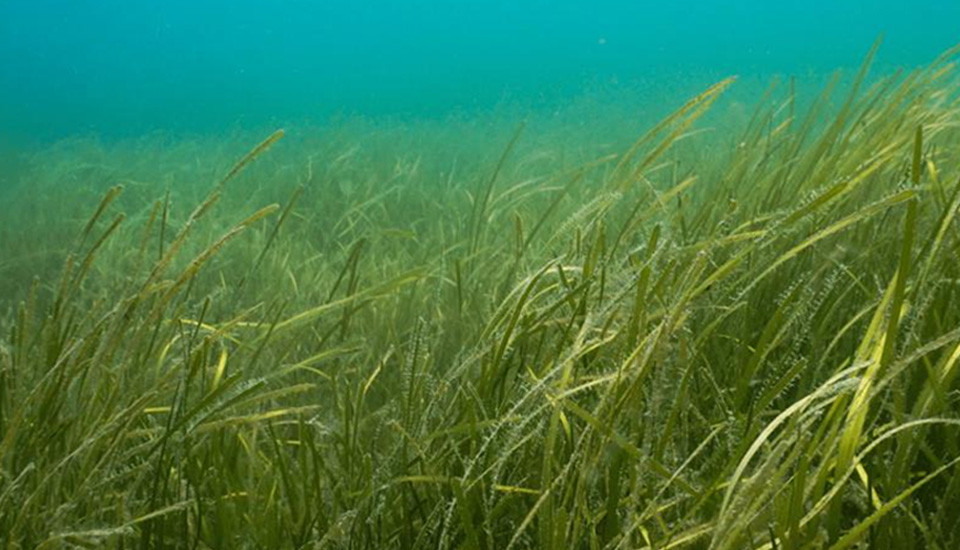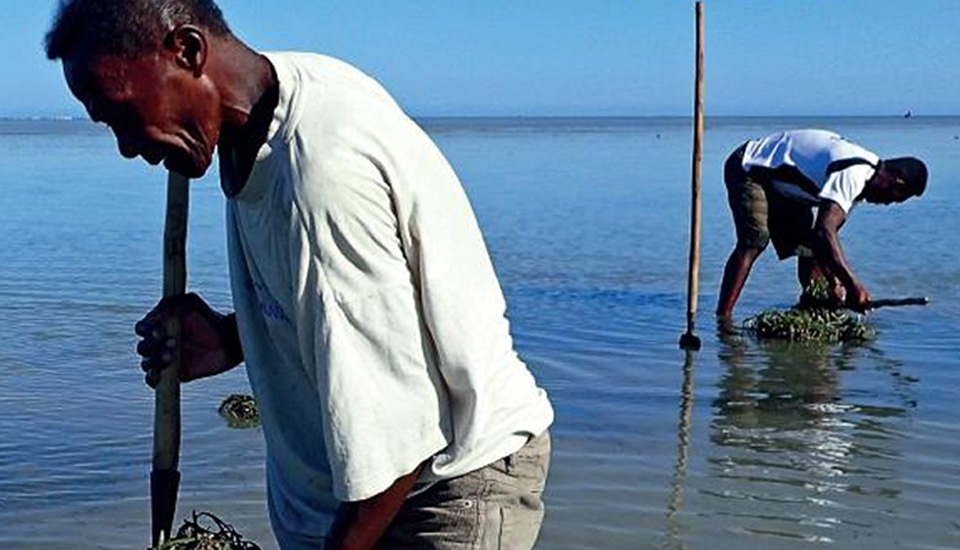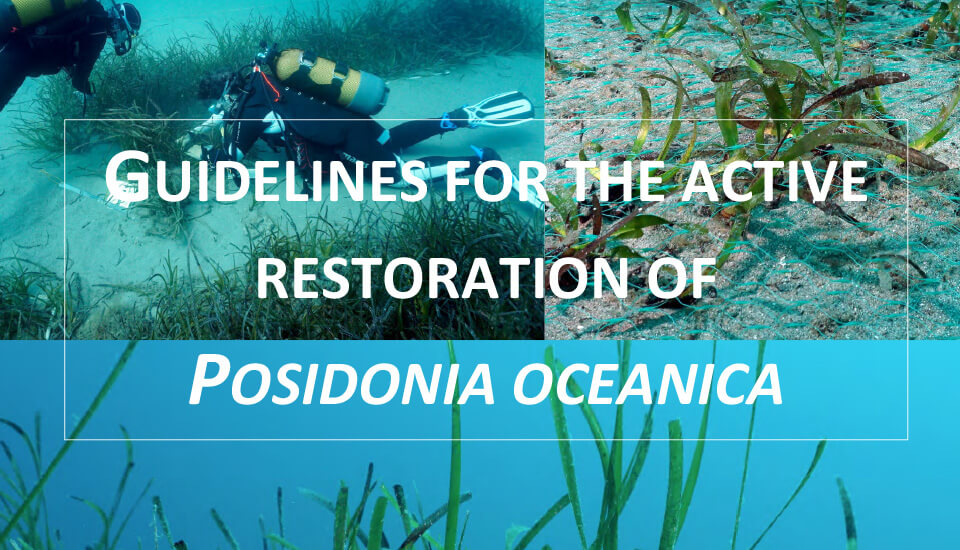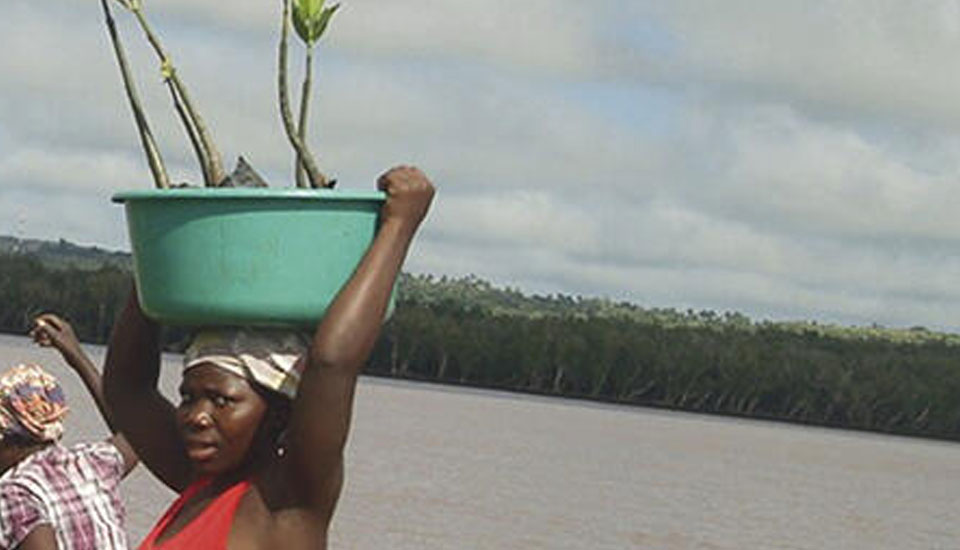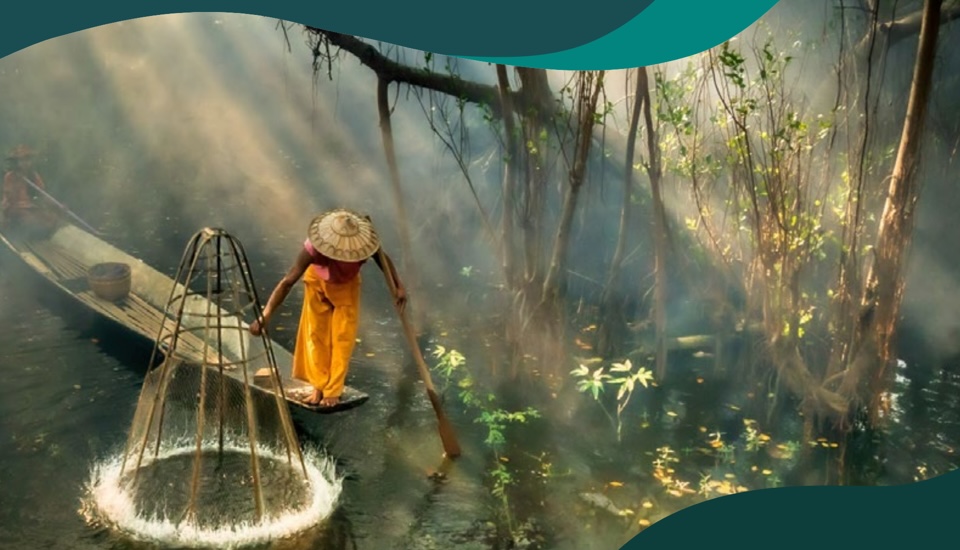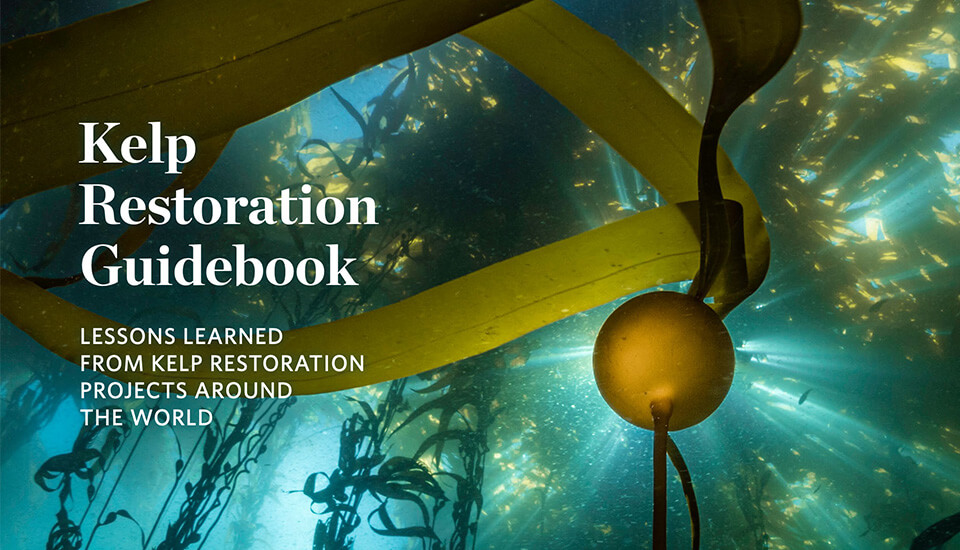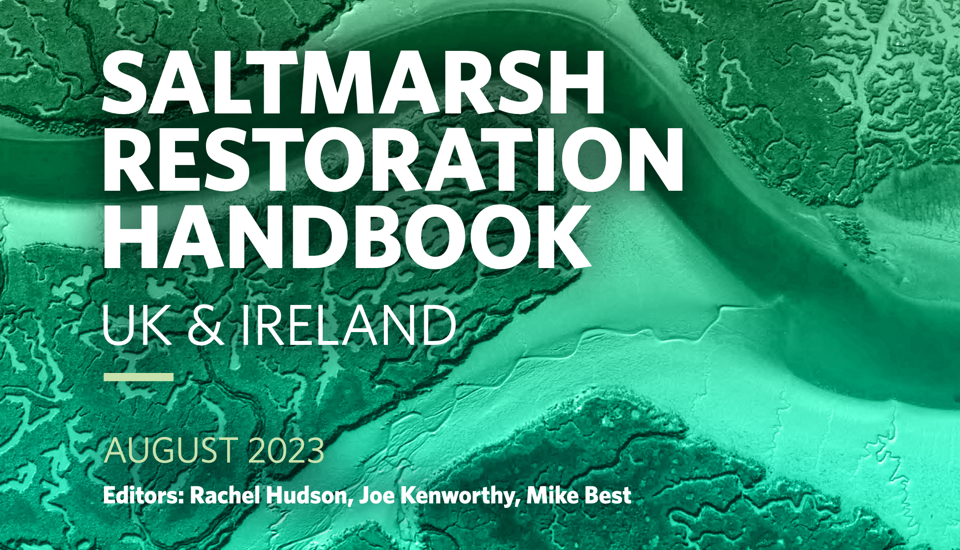Marine restoration guidance
Biodiversity screening
Tools and guidance to support screening approaches
Marine
restoration
Tools and guidance for marine habitat restoration
Nature
position tool
Our interactive tool to help you visualise your path to nature positive
Marine
net gain
Our guiding framework to support delivery of net gains for marine biodiversity
Mitigation
insights
Guidance to address commonly encountered risks to marine biodiversity
Underwater
sound
Guidance on the impact and mitigation of anthropogenic underwater noise on marine biodiversity
Spatial
scales
Guidance on defining ecologically appropriate scales of analysis for marine biodiversity assessments
Nesting beach
indicator tool
A tool to determine the potential for sea turtle nesting on beaches
Ocean+ Habitats
Ocean+ Habitats provides data on the state of marine and coastal habitats to inform conservation and restoration. It integrates access to The World Database on Protected Areas, the World Database on Other Effective Area-based Conservation Measures, and the IUCN Red List of Threatened Species. Habitat layers used for calculations are available via the Ocean Data Viewer.
Restor
Restor is an open platform for mapping restoration projects on land, including coastal areas, built on Google Earth Engine. It provides ecological data and helps connect restoration projects across the landscape and seascape, promoting transparency and accelerating ecosystem restoration.
The Integrated Biodiversity Assessment Tool (IBAT)
IBAT is a web-based mapping and reporting tool that provides fast, easy and integrated access to biodiversity data (e.g. protected areas, the IUCN Red List), as well as derived data layers, resources and reporting functionalities. IBAT can support an early understanding of biodiversity risks and opportunities from the site to portfolio level.
The Species Threat Abatement and Restoration Metric (STAR)
STAR combines data on species’ distributions and threats to help identify areas where actions to abate threats or restore habitats can help reduce species extinction risk and contribute to conservation goals. STAR reports and data downloads are available through IBAT.
InVEST (Integrated Valuation of Ecosystem Services and Tradeoffs) and ROOT (Restoration Opportunities Optimization Tool)
INVEST is a suite of open-source spatial scenario tools developed by The Natural Capital Project to explore how changes in ecosystems are likely to alter benefits that flow to people. One such tool is ROOT, which helps decision makers visualise where investments in restoration could be made to optimise multiple benefits.
NatureServe Vista®
NatureServe Vista® is an extension of ArcGIS that supports complex assessment and planning in any environment. The spatial scenario tool provides reports and maps to help managers and planners assess impacts and options from multiple scenarios for sites and entire landscapes and seascapes. The tool combines data, expert knowledge, and stakeholder values to support development of well-documented and defensible solutions.
Sea Turtle Nesting Beach Indicator Tool
The Sea Turtle Nesting Beach Indicator Tool was developed by Bluedot in collaboration with sea turtle experts at the University of Exeter. It can be used to rapidly identify habitat suitability for nesting and the level of disturbance, helping to determine the potential for restoration of sea turtle nesting beaches.
International Principles & Standards for the Practice of Ecological Restoration
The International Principles & Standards for the Practice of Ecological Restoration outlines key good practice for ecological restoration using tools such as the Ecological Recovery Wheel and the Five-Star System.
Ocean Agency Toolkits
These toolkits present a range of information to inspire protection and restoration of coral reefs, mangrove habitats, seagrass beds, and the ocean in general, capturing information on restoration projects globally.
Using Ecosystem Risk Assessment Science in Ecosystem Restoration
This report promotes using the science of ecosystem risk assessment, which involves measuring the risk of ecosystem collapse in restoration efforts. It explores how combining the IUCN Red List of Ecosystems with ecosystem restoration can reduce risk of ecosystem collapse.
Coral Restoration Database and Visualisation
This database synthesises global knowledge of coral restoration, providing detailed information on restoration approaches such as methods, location, species, scale, monitoring, and more.
Reef Restoration and Adaptation Research and Development Program
This Research and Development Program develops, tests and risk-assesses novel interventions to help protect the Great Barrier Reef. They share a range of coral restoration guidance which can be applied to reefs in Australia and the rest of the world.
The Reef Resilience Coral Reef Restoration Toolkit
This toolkit compiles guidance and tools to support the implementation of a coral reef restoration project. It provides an overview to coral restoration and information on some active and passive restoration methods and monitoring approaches. The toolkit also provides information on principles for successful restoration of connected habitats, such as mangroves and seagrass beds.
The Coral Reef Restoration Toolkit – Seychelles Islands
This toolkit provides a field-orientated guide for the Seychelle Islands using a ‘coral gardening’ approach, covering low-cost and field-tested methods, with practical steps for planning, implementation, and monitoring phases.
Coral Reef Restoration as a Strategy to Improve Ecosystem Services
This document sets out best practice approaches for coral restoration, focusing on the maintenance of ecosystem services such as coastal defence and restoration of fish nursery areas. The report seeks to support decisions for the use of restoration as a coral reef management strategy.
Guide to Ecological Engineering: The restoration of coral reefs and associated ecosystems
This guide provides an inventory of ecological engineering techniques for the restoration of coral reefs and their associated ecosystems (seagrasses and mangroves). The guidance covers protection, ecological enhancement, and restoration of damaged areas.
A Manager’s Guide to Coral Reef Restoration Planning and Design
This guide aims to support reef managers plan or assess their restoration programme, providing a structured approach to starting or improving coral reef restoration efforts.
The Coral Reef Restoration Monitoring Guide
This document was developed to provide comprehensive guidance for monitoring and evaluating coral restoration projects. The guide includes information on metrics and associated methods to be used for monitoring from local to ecosystem scales.
Training Guide for Coral Reef Restoration
This training guide provides a practical complementary tool for restoration training for specialists, students, technicians, and trainers. It relates to restoration in the Mesoamerican reef system but can be applied more broadly.
Methodology for scaling mitigation and compensatory measures in tropical marine ecosystems
This document provides information for scaling mitigation and compensatory measures in tropical marine ecosystems using the MERCI-Cor method. It also offers guidance on different type of restoration techniques and for monitoring.
Seagrass Restoration Handbook for UK & Ireland
The Seagrass Restoration Handbook for UK & Ireland provides guidance on the restoration and conservation of seagrass habitats. The handbook is aimed at local groups looking to implement small-scale projects that could facilitate larger seascape restoration efforts.
Guidelines on Seagrass Ecosystem Restoration for the Western Indian Ocean (WIO) Region
These guidelines aim to facilitate capacity building and promotion of seagrass restoration in the WIO region. The guidelines comprise practical best practice approaches and methodologies for seagrass restoration with specific regional context that can be followed by local groups.
10 Golden Rules for Seagrass Restoration
This paper provides essential guidelines for sustainable and successful seagrass restoration, emphasising the protection of existing seagrass, involvement of diverse stakeholders in planning, careful site selection, long-term stewardship, and the use of appropriate restoration methods. These rules also advocate for realistic expectations in light of global climatic challenges.
Guidelines for the Restoration of Posidonia Oceanica
This guidance document explores successful case studies of Posidonia oceanica restoration and analyses lessons learned from previous experiments, to present comprehensive restoration guidelines. These guidelines encompass all steps from identifying the need for restoration, through to planning, site selection, implementation, monitoring, and assessment.
Guidelines on Mangrove Ecosystem Restoration for the Western Indian Ocean
This guide provides background information on mangrove habitats and their main threats. Using experiences in mangrove restoration projects from the region, the guidelines analyse challenges facing community-based mangrove restoration projects and offer practical solutions.
Mangrove Restoration Technical Guide
This guide summarises key elements of mangrove restoration projects, based on a review of available literature and global practices. The guide covers both natural colonisation and mangrove planting; and provides advice to promote successful approaches, including prioritisation of natural restoration wherever possible.
Best Practice Guidelines for Mangrove Restoration
These guidelines provide information on project design, funding, implementation, maintenance and monitoring. The guidance draws on scientific practices but importantly also local community knowledge and brings these together in one document.
Including Local Ecological Knowledge (LEK) in Mangrove Conservation & Restoration
This report provides best practice guidance for incorporating LEK into mangrove research and management. LEK can provide depth and context to our understanding of mangrove ecosystems, and this guide includes case studies and tools to respectfully and appropriately engage with LEK.
Restoration Guidelines for Shellfish Reefs
These guidelines provide decision-making guidance for establishing shellfish reef restoration projects, drawing on examples of different approaches undertaken by experienced practitioners in a variety of geographic, environmental, and social settings. The restoration approach is aligned to the Society for Ecological Restoration’s International standards.
The European Native Oyster Habitat Restoration Handbook for UK and Ireland
This handbook provides detailed guidance on the restoration and conservation of native oysters and their habitats. It includes information about starting a restoration project, current best practice restoration methods, biosecurity recommendations, and an outline of how to effectively communicate a restoration project.
Kelp Restoration Guidebook
This guidebook aims to provide guidance on decision-making, engagement, methods, and monitoring for restoring kelp forests. The guidebook draws on lessons learned from 11 large kelp forest restoration projects from diverse global regions. The broad lessons outlined from these projects can be extended and refined to suit local kelp species and contexts.
Coastal Restoration Toolkit
This toolkit provides introductory educational material for community members on how to develop a coastal restoration project from concept to proposal. Divided into five topic areas (Flooding, Coastal Erosion, Water Quality, Invasive Species, and Wildlife Habitats), the toolkit includes project examples, resources, contacts, funding sources, and permitting information.
Saltmarsh Restoration Handbook
This handbook provides practical guidance for catchment/coastal partnerships, eNGOs, and community groups on restoring and creating saltmarsh habitat across the UK and Ireland. It offers expert advice on project planning and execution, supported by case studies and lessons learned from past restoration efforts.
Ocean+ Habitats
Ocean+ Habitats provides data on the state of marine and coastal habitats to inform conservation and restoration. It integrates access to The World Database on Protected Areas, the World Database on Other Effective Area-based Conservation Measures, and the IUCN Red List of Threatened Species. Habitat layers used for calculations are available via the Ocean Data Viewer.
Restor
Restor is an open platform for mapping restoration projects on land, including coastal areas, built on Google Earth Engine. It provides ecological data and helps connect restoration projects across the landscape and seascape, promoting transparency and accelerating ecosystem restoration.
The Integrated Biodiversity Assessment Tool (IBAT)
IBAT is a web-based mapping and reporting tool that provides fast, easy and integrated access to biodiversity data (e.g. protected areas, the IUCN Red List), as well as derived data layers, resources and reporting functionalities. IBAT can support an early understanding of biodiversity risks and opportunities from the site to portfolio level.
The Species Threat Abatement and Restoration Metric (STAR)
STAR combines data on species’ distributions and threats to help identify areas where actions to abate threats or restore habitats can help reduce species extinction risk and contribute to conservation goals. STAR reports and data downloads are available through IBAT.
InVEST (Integrated Valuation of Ecosystem Services and Tradeoffs) and ROOT (Restoration Opportunities Optimization Tool)
INVEST is a suite of open-source spatial scenario tools developed by The Natural Capital Project to explore how changes in ecosystems are likely to alter benefits that flow to people. One such tool is ROOT, which helps decision makers visualise where investments in restoration could be made to optimise multiple benefits.
NatureServe Vista®
NatureServe Vista® is an extension of ArcGIS that supports complex assessment and planning in any environment. The spatial scenario tool provides reports and maps to help managers and planners assess impacts and options from multiple scenarios for sites and entire landscapes and seascapes. The tool combines data, expert knowledge, and stakeholder values to support development of well-documented and defensible solutions.
Sea Turtle Nesting Beach Indicator Tool
The Sea Turtle Nesting Beach Indicator Tool was developed by Bluedot in collaboration with sea turtle experts at the University of Exeter. It can be used to rapidly identify habitat suitability for nesting and the level of disturbance, helping to determine the potential for restoration of sea turtle nesting beaches.
International Principles & Standards for the Practice of Ecological Restoration
The International Principles & Standards for the Practice of Ecological Restoration outlines key good practice for ecological restoration using tools such as the Ecological Recovery Wheel and the Five-Star System.
Ocean Agency Toolkits
These toolkits present a range of information to inspire protection and restoration of coral reefs, mangrove habitats, seagrass beds, and the ocean in general, capturing information on restoration projects globally.
Using Ecosystem Risk Assessment Science in Ecosystem Restoration
This report promotes using the science of ecosystem risk assessment, which involves measuring the risk of ecosystem collapse in restoration efforts. It explores how combining the IUCN Red List of Ecosystems with ecosystem restoration can reduce risk of ecosystem collapse.
Coral Restoration Database and Visualisation
This database synthesises global knowledge of coral restoration, providing detailed information on restoration approaches such as methods, location, species, scale, monitoring, and more.
Reef Restoration and Adaptation Research and Development Program
This Research and Development Program develops, tests and risk-assesses novel interventions to help protect the Great Barrier Reef. They share a range of coral restoration guidance which can be applied to reefs in Australia and the rest of the world.
The Reef Resilience Coral Reef Restoration Toolkit
This toolkit compiles guidance and tools to support the implementation of a coral reef restoration project. It provides an overview to coral restoration and information on some active and passive restoration methods and monitoring approaches. The toolkit also provides information on principles for successful restoration of connected habitats, such as mangroves and seagrass beds.
The Coral Reef Restoration Toolkit – Seychelles Islands
This toolkit provides a field-orientated guide for the Seychelle Islands using a ‘coral gardening’ approach, covering low-cost and field-tested methods, with practical steps for planning, implementation, and monitoring phases.
Coral Reef Restoration as a Strategy to Improve Ecosystem Services
This document sets out best practice approaches for coral restoration, focusing on the maintenance of ecosystem services such as coastal defence and restoration of fish nursery areas. The report seeks to support decisions for the use of restoration as a coral reef management strategy.
Guide to Ecological Engineering: The restoration of coral reefs and associated ecosystems
This guide provides an inventory of ecological engineering techniques for the restoration of coral reefs and their associated ecosystems (seagrasses and mangroves). The guidance covers protection, ecological enhancement, and restoration of damaged areas.
A Manager’s Guide to Coral Reef Restoration Planning and Design
This guide aims to support reef managers plan or assess their restoration programme, providing a structured approach to starting or improving coral reef restoration efforts.
The Coral Reef Restoration Monitoring Guide
This document was developed to provide comprehensive guidance for monitoring and evaluating coral restoration projects. The guide includes information on metrics and associated methods to be used for monitoring from local to ecosystem scales.
Training Guide for Coral Reef Restoration
This training guide provides a practical complementary tool for restoration training for specialists, students, technicians, and trainers. It relates to restoration in the Mesoamerican reef system but can be applied more broadly.
Methodology for scaling mitigation and compensatory measures in tropical marine ecosystems
This document provides information for scaling mitigation and compensatory measures in tropical marine ecosystems using the MERCI-Cor method. It also offers guidance on different type of restoration techniques and for monitoring.
Seagrass Restoration Handbook for UK & Ireland
The Seagrass Restoration Handbook for UK & Ireland provides guidance on the restoration and conservation of seagrass habitats. The handbook is aimed at local groups looking to implement small-scale projects that could facilitate larger seascape restoration efforts.
Guidelines on Seagrass Ecosystem Restoration for the Western Indian Ocean (WIO) Region
These guidelines aim to facilitate capacity building and promotion of seagrass restoration in the WIO region. The guidelines comprise practical best practice approaches and methodologies for seagrass restoration with specific regional context that can be followed by local groups.
10 Golden Rules for Seagrass Restoration
This paper provides essential guidelines for sustainable and successful seagrass restoration, emphasising the protection of existing seagrass, involvement of diverse stakeholders in planning, careful site selection, long-term stewardship, and the use of appropriate restoration methods. These rules also advocate for realistic expectations in light of global climatic challenges.
Guidelines for the Restoration of Posidonia Oceanica
This guidance document explores successful case studies of Posidonia oceanica restoration and analyses lessons learned from previous experiments, to present comprehensive restoration guidelines. These guidelines encompass all steps from identifying the need for restoration, through to planning, site selection, implementation, monitoring, and assessment.
Guidelines on Mangrove Ecosystem Restoration for the Western Indian Ocean
This guide provides background information on mangrove habitats and their main threats. Using experiences in mangrove restoration projects from the region, the guidelines analyse challenges facing community-based mangrove restoration projects and offer practical solutions.
Mangrove Restoration Technical Guide
This guide summarises key elements of mangrove restoration projects, based on a review of available literature and global practices. The guide covers both natural colonisation and mangrove planting; and provides advice to promote successful approaches, including prioritisation of natural restoration wherever possible.
Best Practice Guidelines for Mangrove Restoration
These guidelines provide information on project design, funding, implementation, maintenance and monitoring. The guidance draws on scientific practices but importantly also local community knowledge and brings these together in one document.
Including Local Ecological Knowledge (LEK) in Mangrove Conservation & Restoration
This report provides best practice guidance for incorporating LEK into mangrove research and management. LEK can provide depth and context to our understanding of mangrove ecosystems, and this guide includes case studies and tools to respectfully and appropriately engage with LEK.
Restoration Guidelines for Shellfish Reefs
These guidelines provide decision-making guidance for establishing shellfish reef restoration projects, drawing on examples of different approaches undertaken by experienced practitioners in a variety of geographic, environmental, and social settings. The restoration approach is aligned to the Society for Ecological Restoration’s International standards.
The European Native Oyster Habitat Restoration Handbook for UK and Ireland
This handbook provides detailed guidance on the restoration and conservation of native oysters and their habitats. It includes information about starting a restoration project, current best practice restoration methods, biosecurity recommendations, and an outline of how to effectively communicate a restoration project.
Kelp Restoration Guidebook
This guidebook aims to provide guidance on decision-making, engagement, methods, and monitoring for restoring kelp forests. The guidebook draws on lessons learned from 11 large kelp forest restoration projects from diverse global regions. The broad lessons outlined from these projects can be extended and refined to suit local kelp species and contexts.
Coastal Restoration Toolkit
This toolkit provides introductory educational material for community members on how to develop a coastal restoration project from concept to proposal. Divided into five topic areas (Flooding, Coastal Erosion, Water Quality, Invasive Species, and Wildlife Habitats), the toolkit includes project examples, resources, contacts, funding sources, and permitting information.
Saltmarsh Restoration Handbook
This handbook provides practical guidance for catchment/coastal partnerships, eNGOs, and community groups on restoring and creating saltmarsh habitat across the UK and Ireland. It offers expert advice on project planning and execution, supported by case studies and lessons learned from past restoration efforts.

